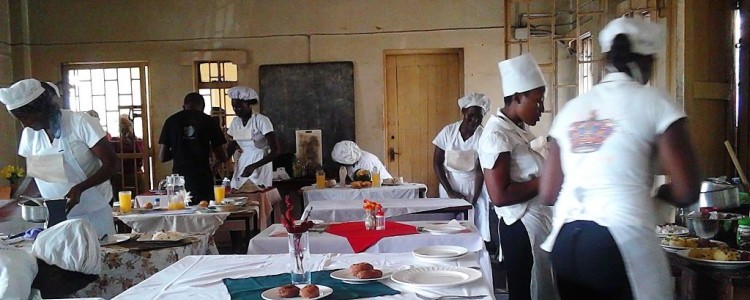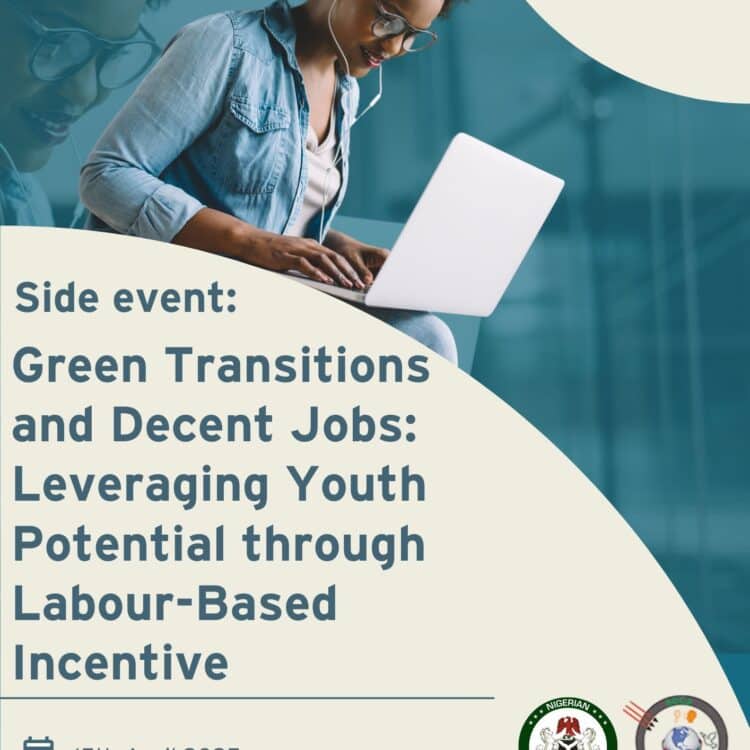
On 8th March 2016, Uganda joined the rest of the world to celebrate women’s day under the theme “Planet 50-50 by 2030: Step It Up for Gender Equality”. Although Uganda has made major strides towards gender equality, having achieved a Gender Parity Index (GPI)1 of 1 in primary school enrolment, the struggle for equality in the labour market is still an uphill task. Being young and female continues to pose a twin challenge for the current generation of young women seeking employment.
Findings from the 2015 School to Work Transition Survey (SWTS) conducted by Uganda Bureau of Statistics and ILO reveal that young women (15-29 years) are faced with a number of disadvantageous gaps in the labour market: higher unemployment rates, wage gaps, higher shares in vulnerable employment and longer school-to-work transitions. Below, we analyse in depth the gender inequalities in the aforementioned indicators.
Glaring gender gaps in unemployment rates
Interrogating unemployment (without work and available to work) as the first broad indicator, the 2015 SWTS findings show that although both male and female youth unemployment increased by about 5 percentage points between 2013 and 2015, female youth unemployment rate stands at a higher 22.4 percent compared to 17.4 percent for males. Several factors explain this unemployment gap: differences in educational attainment, labour market segregation, and a higher prevalence of temporary contracts among women to mention but a few.
Persistent gender differentials in the quality of employment
Although progress has been registered in quantitative indicators like labour participation rates, this progress is not always translated in improvements in the quality of employment. Quality employment is characterised by good working conditions; good wages/income i.e. enough to take one out of poverty; employment benefits like pensions, insurance, leave and good working hours. One of the defining features of quality employment is that the abovementioned factors are protected by a written contract thereby doing away with the job insecurity that typifies vulnerable employment. The 2015 SWTS reveals that about seven in every ten young persons (69.8 percent) are in vulnerable employment as own account workers2 or unpaid family workers (78.9 per cent of female workers aged 15‒29 compared to 62.3 per cent of male workers in the same age band). This indicates a high proportion of women in low productivity, informal working arrangements and without adequate social protection or job security.
Women face pervasive sectoral and occupational segregation
Labour markets remain highly sex-segregated, which reflects an unequal distribution of men and women across sectors and occupation. Women continue to be segregated into particular types of occupations, often with inferior pay and poor working conditions. The majority of the working women are engaged in non-income generating employment like subsistence agriculture (49.4 percent for women versus 36.9 percent for males) with a limited ability to produce for sale. In terms of distribution, of the youth aged between 18-30 years working in subsistence production 63.6 percent are women. Disturbingly, the majority of women in paid employment do not earn enough to move out of poverty, the 2012/13 Uganda National Household Survey (UNHS) findings reveal that close to 20 percent of the women are classified as the ‘working poor’. Whereas the median monthly earnings for male youth aged 18-30 years is UGX 130,000, females in the same age group earn 35 per cent less with median monthly wages of UGX 84,000. Although the argument has been made that this disparity in pay is inevitable because of differences in education, sector of employment and level of experience; research by EPRC reveals that even after accounting for these differences, women still earn less than men particularly in the private sector.
Longer school to work transitions for female youth
The transition from school to work remains lengthy and difficult. About 42.1 percent of females take more than one year between school and their first job compared to 33.9 percent for males. It is worth pointing out the fact that the first activity engaged in by most females is self-employment as contributing family workers and own account workers. This falls under vulnerable employment as the work is characterised by low earnings (if any), and limited safety nets. Moreover SWTS results show that, on average, it takes nearly four years for female youth to attain stable and or satisfactory employment; this could be attributed to the limited job opportunities.
The status quo can change
As we embark on the journey towards sustainable development (Agenda 2030), in particular the eighth SDG which calls for the promotion of inclusive and sustainable economic growth, full and productive employment and decent work for all; including productive employment for all young people, we need to ensure that macro-economic growth translates into micro-economic development for BOTH men AND women. The current National Development Plan II (2015/16-2019/20) emphasises human capital development as a prerequisite for socio economic transformation, hence skilling and training the youth in preparation for the job market (those in and out of school), will go a long way in achieving this. More importantly, though, is for the government to ‘walk the talk’ and implement the existing policies that seek to promote decent employment for all with a special attention to the female youth. Finally, there is a need to break down the barriers, norms and practices that keep women from realizing their full potential and their rights for equal opportunity and treatment.
An earlier version of this article has been published on EPRC’s website.
Footnotes
1. GPI shows the ratio of female-to-male attendance. A GPI of 1 indicates parity, or equality, between the school attendance ratios for males and females. A GPI of less than 1 indicates a gender disparity in favour of males
2. Own account workers are those who are self-employed without employees (Running a one person business), most Ugandan’s are in this category (close to 50 %)




